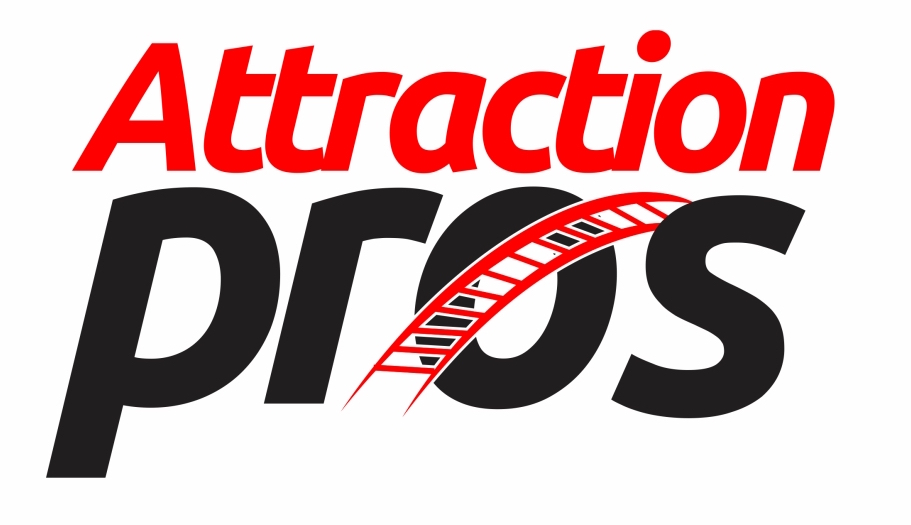
Feeling All the Feels
NOTE: This post was in the works prior to the COVID-19 pandemic, however the concepts still hold true for our new normal of communication, and will be especially important once we are able to gather together again.
Many of you have heard me talk about the model I use when putting training programs together: KNOW, FEEL, DO. In a nutshell, when developing a training program on any topic, we need to have a clear idea of what we want the trainees to KNOW (information, facts), how we want them to FEEL (emotions) and what we want them to DO (actions, tasks).
When I went to the Gateway Arch in St. Louis recently, I happened upon another aspect of FEEL that we need to be focused on… how can we prepare our trainees for what they will FEEL when they are out in the real world of their job?
Unfortunately, I was there when the arch wasn’t open so I didn’t get to go up to the top, but I could walk all around it and up to it. Now, I’ve seen many, many pictures of the arch over the years, but they pale in comparison to being right up close. Pictures also can’t convey what it FEELS like to stand right next to the towering structure.
When I looked up, like from the angle below, I felt a little queasy and that I needed to sit down. My legs were a little wobbly and there was a pit in my stomach. As soon as I brought my gaze back to the horizon, I felt normal. Of course I had to see if this was an anomaly, maybe just a one-time thing… nope. I got the exact same feeling the 2nd and 3rd time I tried this. Some people call this vertigo and it happens whenever you look up at a tall building or structure. It doesn’t happen to everyone, but it was an intense, visceral feeling that I could not deny.

It was that very REAL feeling that I was not prepared for that got me thinking about training…
Both customer service and leadership are full of emotional situations. And it makes sense, because both endeavors are built around human interactions. We’ve all probably felt the frustration of dealing with an upset guest or the joy of reuniting lost parents and children. In leadership there is the satisfaction that all elements of the business are working well (even for a short time) versus the overwhelm of having too many things on your plate and not enough time.
In my experience, it’s the inability to deal with these REAL emotions, or the FEELS, that send people on the wrong path in either area. This is why I think it’s important to include as many opportunities as possible for people to “feel the feels” in a safe training environment before they are thrown out to the wolves.
This means giving people a chance to practice their skills and get feedback on as many real-world situations as possible. This could be done as the dreaded ROLE PLAY, or a situational assignment that puts people through the real experiences they are going to go through once on the job.
Why is the role play so hated? I think it’s because it’s a little embarrassing to get up in front of people and act out a scripted scene. Here are a few ways to get around that:
- Have participants come up with the scenarios and determine how they are going to act them out. Ownership over the process helps a lot!
- Don’t call them role plays. I use the term “skill practice”. It may word smithing, but practicing a skill you actually need is a lot more enticing than acting out a “role play” you aren’t connected to.
- Make it a true learning experience, where you build confidence and competence with everyone, not just the people going through the skill practice.
Role plays or skill practice sessions are vital to get people to understand not only the mechanics of what you are asking them to do, but also how to get through it emotionally.
The reason I think all this talk about the feels and emotions hit home with me is because of the advancement of e-learning in so many organizations. I do believe that e-learning has a place when it comes to knowledge or compliance, but it can’t replicate the real feelings someone feels when interacting with another human being. For that, you need to interact with another human being.
That’s where we need to take a cue from when we learned to drive. There was a classroom portion and a driving portion. Both were important but for different reasons. The classroom taught you the nuts and bolts of what it means to drive a car, the driving portion taught you what it FELT like to on the highway going 65 mph with other cars passing or cutting you off. No way you could have learned that from a book or in the classroom.
So if you are having trouble getting your training to “stick”, or if your employees or leaders are failing because they aren’t prepared to handle the emotions and feelings of their job, then take this as your challenge. Strategically include opportunities for them to experience as many true emotions in the training as possible, so they will be prepared when the reality of the situation kicks in.
Thanks for reading!
Matt Heller
Distinguished author, speaker, and industry veteran Matt Heller can sum up what he does in three simple words: Helping Leaders Lead. Matt’s firm, Performance Optimist Consulting, has worked with some of the largest attraction operators in the United States, including Six Flags, Cedar Fair, Universal Studios, Apex Parks Group, and Herschend Family Entertainment, along with countless other parks, zoos, museums, and aquariums. Matt focuses on leadership development, guest service training, eliminating employee burnout, and reducing turnover.
